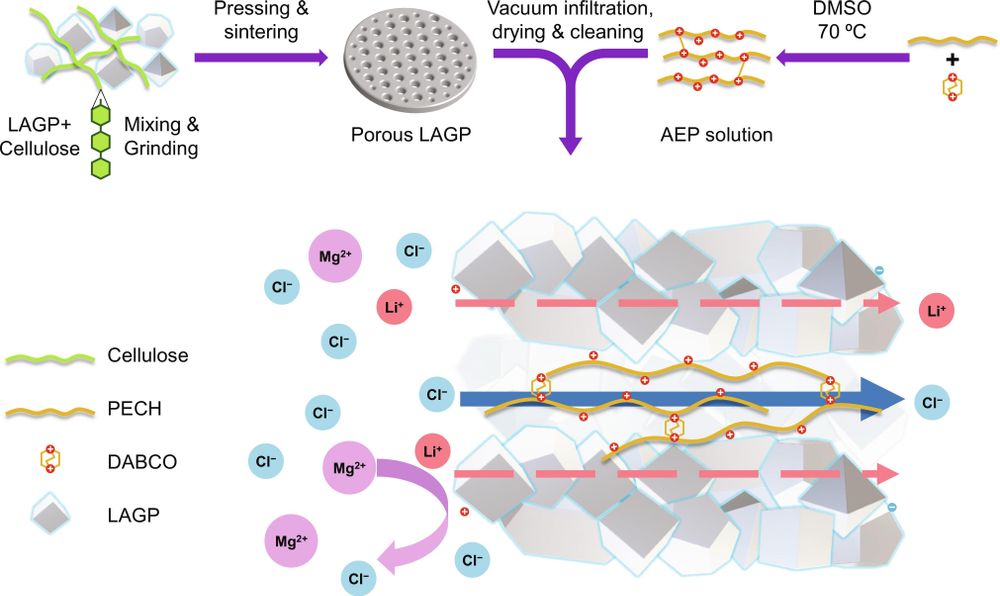Chromosome duplication causes premature aging via defects in ribosome quality control
by Leah E. Escalante, James Hose, Jamie M. Ahrens, Hollis Howe, Norah Paulsen, Sofia J. Liss, Michael Place, Audrey P. Gasch
Down syndrome, caused by an extra copy of Chromosome 21, causes lifelong problems. One of the most common phenotypes among people with Down syndrome is premature aging, including early tissue decline, neurodegeneration, and shortened life span. Yet the reasons for premature systemic aging are a mystery and difficult to study in humans. Here we show that chromosome amplification in wild yeast also produces premature aging and shortens life span. Chromosome duplication disrupts nutrient-induced cell-cycle arrest, entry into quiescence, and cellular health during chronological aging, across genetic background and independent of which chromosome is amplified. Using a genomic screen, we discovered that these defects are due in part to aneuploidy-induced dysfunction in Ribosome Quality Control (RQC). We show that aneuploids entering quiescence display aberrant ribosome profiles, accumulate RQC intermediates, and harbor an increased load of protein aggregates compared to euploid cells. Although they maintain proteasome activity, aneuploids also show signs of ubiquitin dysregulation and sequestration into foci. Remarkably, inducing ribosome stalling in euploids produces similar aging phenotypes, while up-regulating limiting RQC subunits or poly-ubiquitin alleviates many of the aneuploid defects. We propose that the increased translational load caused by having too many mRNAs accelerates a decline in translational fidelity, contributing to premature aging.































